June 28th, 1942...
Two RAF pilots are ferrying their Kittyhawks to an airbase in North Africa for repairs.
One drifts off course in Egyptian skies, disappears, and is never heard from again...
~~~~~~~~~~~~~~~~~~~~~~~~~~~~~~~~~~~~~~~~~~~
March, 2012...
A team of surveyors from a Polish oil company is exploring the Egyptian desert when they come across a WWII fighter plane lying
on the rocky sand-covered terrain, hundreds of miles from civilization. Although heavily sand-blasted from decades of exposure,
it clearly bears the remains of roundels and fin-flashes which identify it as an aircraft of Britain's Royal Air Force.
One of the team takes dozens of photos, many of which eventually make their way onto the internet. They are seen by aviation
enthusiasts the world over, and the aircraft is identified as an American-built Curtiss P-40... called 'Kittyhawk' by the British.
Questions are asked... "Which squadron?" "What's the serial?" "Who was the pilot?" "Is that the Tirpitz in the background?"
The detective work begins...
The images are scrutinized with awe, reverence, curiosity, and doubt. Faint traces of code letters and other markings are visible...
some to the naked eye, while others are coaxed from the images with modern imaging technology. Research is conducted... records
consulted, databases searched. Answers are finally found... to some questions, at least...
~~~~~~~~~~~~~~~~~~~~~~~~~~~~~~~~~~~~~~~~~~~
Fact and speculation still intermingle, but here is what seems to be known about this Kittyhawk at the moment; it appears to be an
aircraft from 260 Squadron RAF, coded HS-B, probably RAF serial number ET574,(a lend-lease aircraft, US serial 41-35928) and flown
by Flight Sergeant Denis Copping on the date of his disappearance... June 28th, 1942.
Flt.Sgt. Denis Copping, in the cockpit of a Kittyhawk.

John Mclellan -
Larger Image
On that date, Copping and another pilot from 260 Sqn were ferrying two damaged Kittyhawks from their forward operating base to
another airbase for repairs. Copping reportedly drifted off-course, and failed to notice and/or heed the other pilot's efforts
to warn him and get him back on track, disappearing into the sands of time... literally and figuratively.
It is thought that Copping made a forced-landing and may have stuck with the aircraft for a time; the remains of a parachute were
found next to the aircraft, presumably used as a shelter from the sun, and the radio and batteries had been removed, probably in an
attempt to call for help. No human remains were found in the immediate vicinity and it is thought that the pilot may have set out
on foot to try and make contact with... anyone would probably do, under those circumstances.
Although much of this appears to be fact, some of it has yet to be confirmed... so the detective work continues. Hopefully someday
all details and facts surrounding this Hawk will come to light and, if so, this page will be updated accordingly.
All images below: Jakub Perka
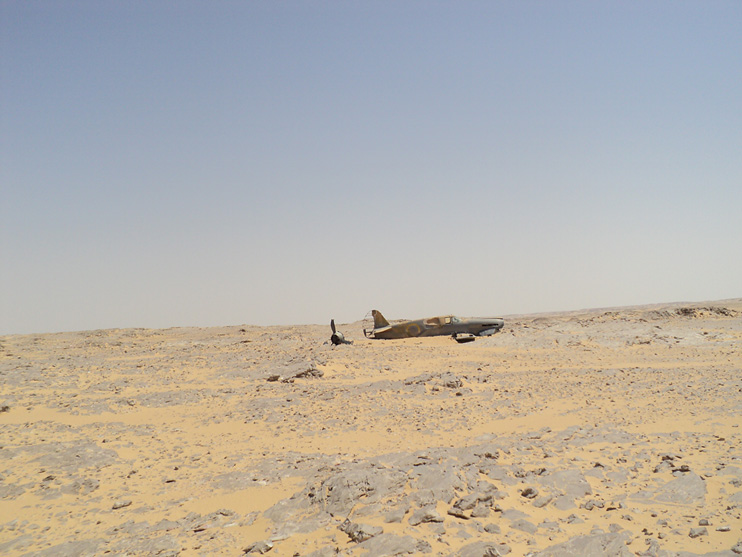
Larger Image
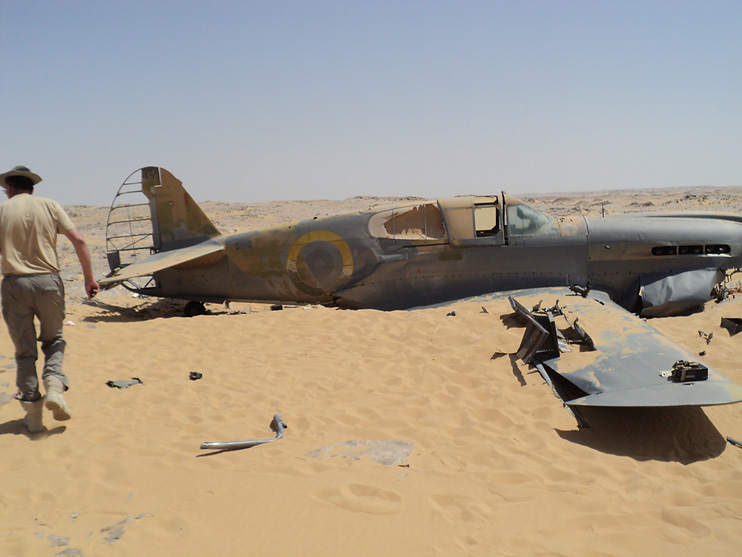
Larger Image

Larger Image
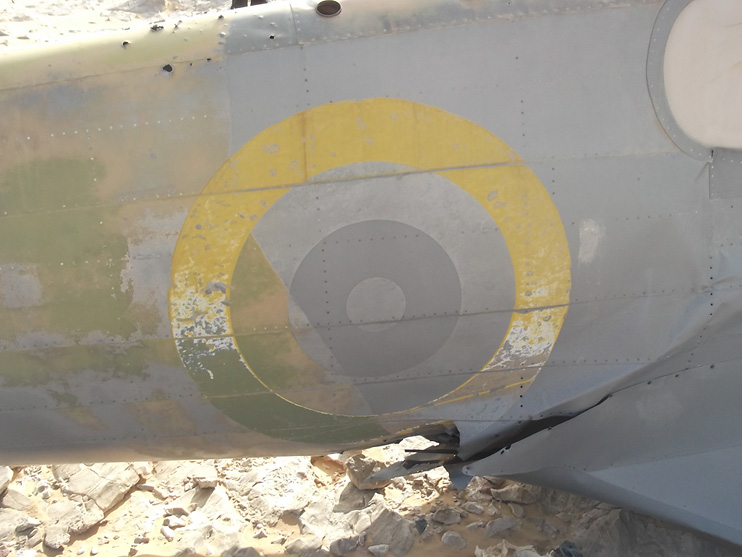
Larger Image

Larger Image
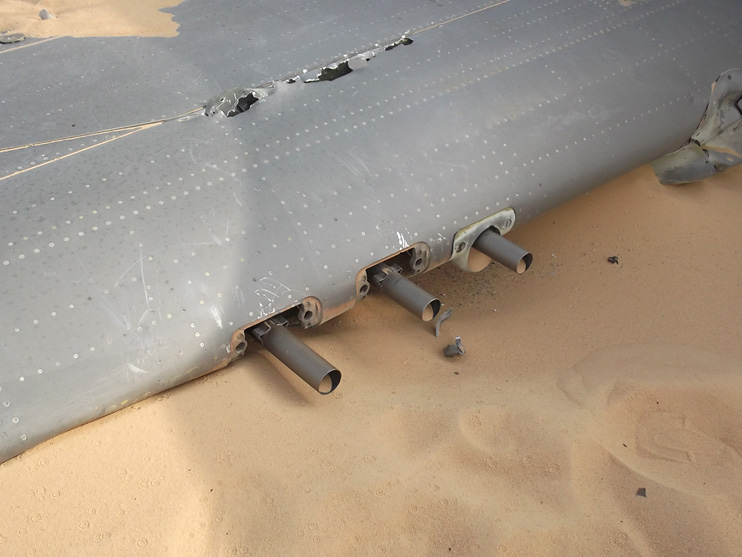
Larger Image
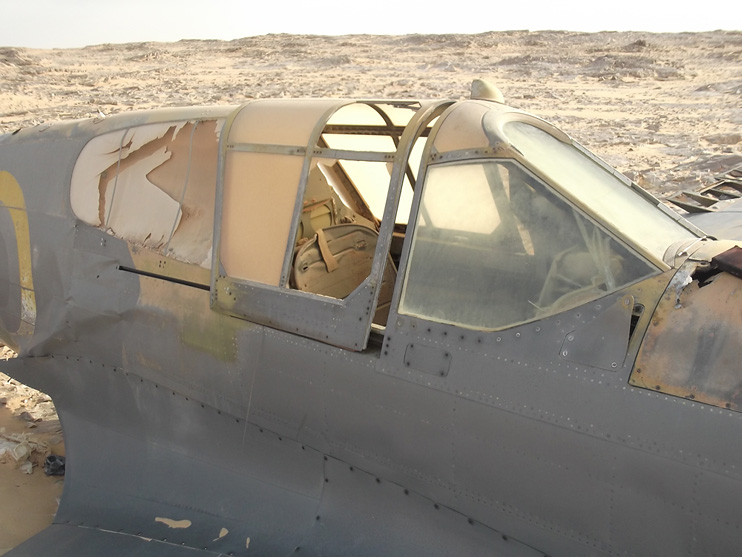
Larger Image

Larger Image
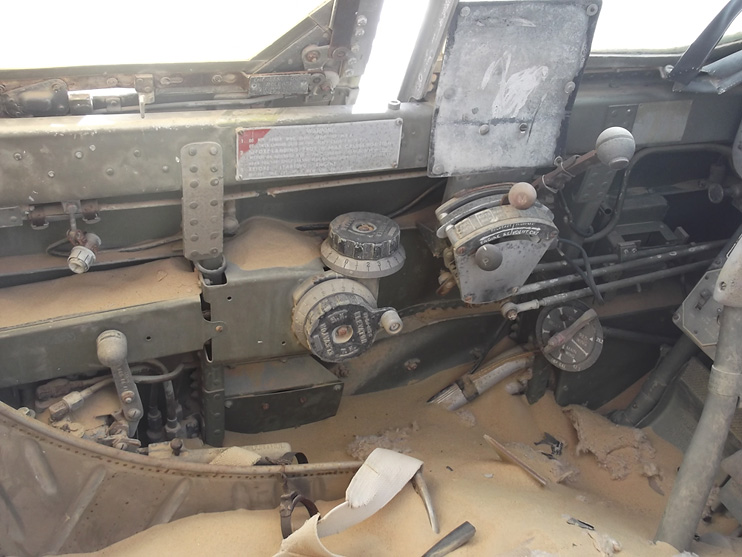
Larger Image
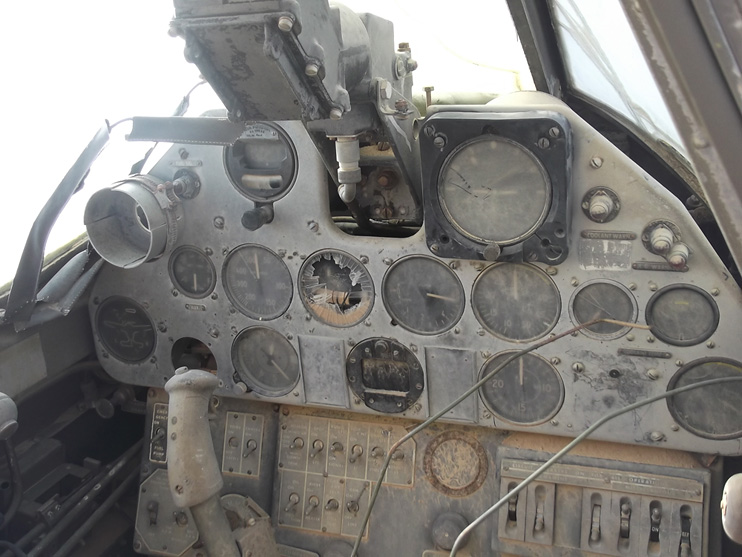
Larger Image
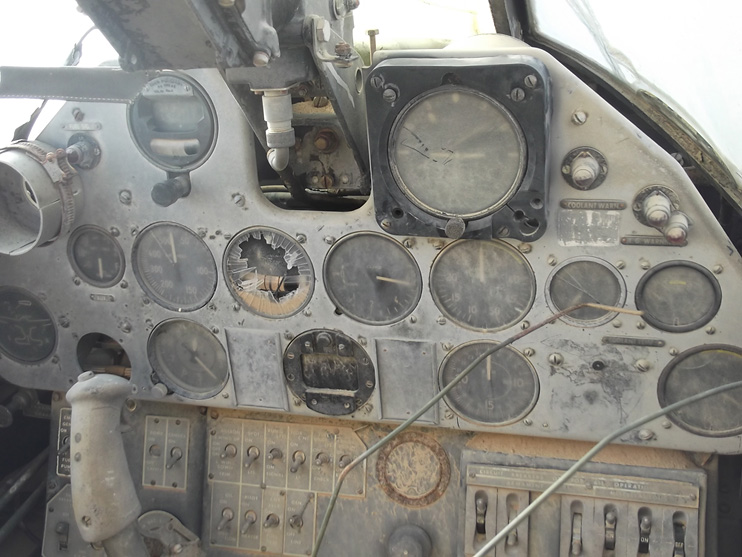
Larger Image
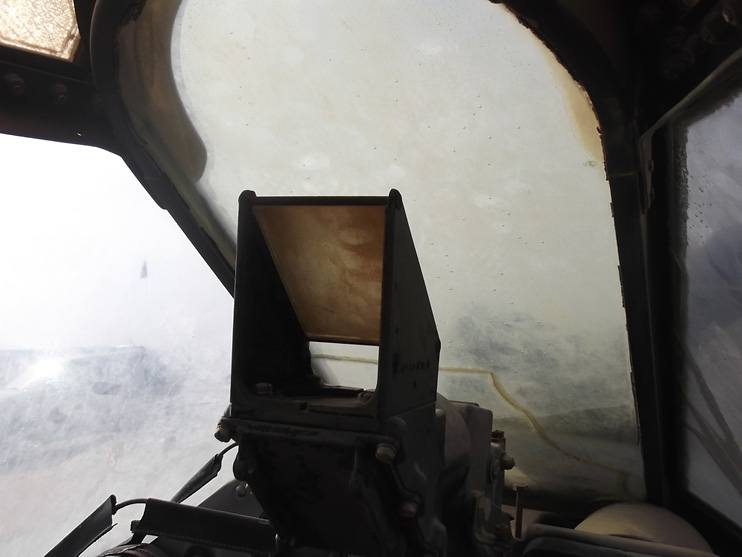
Larger Image
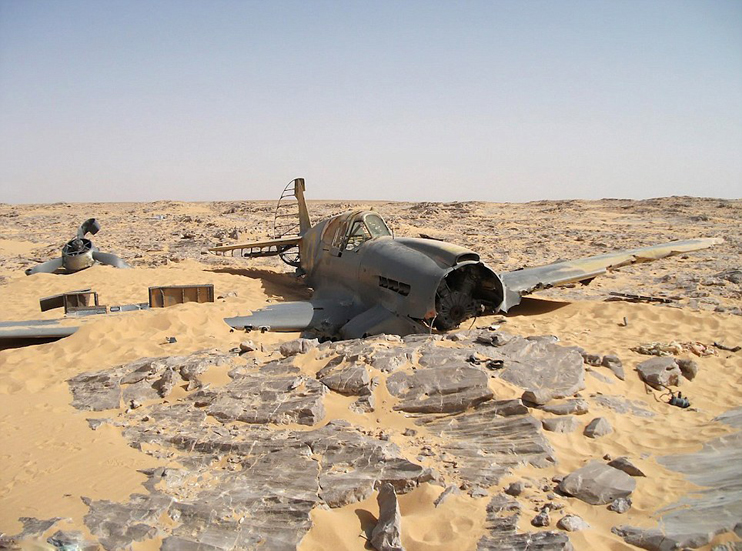
Larger Image
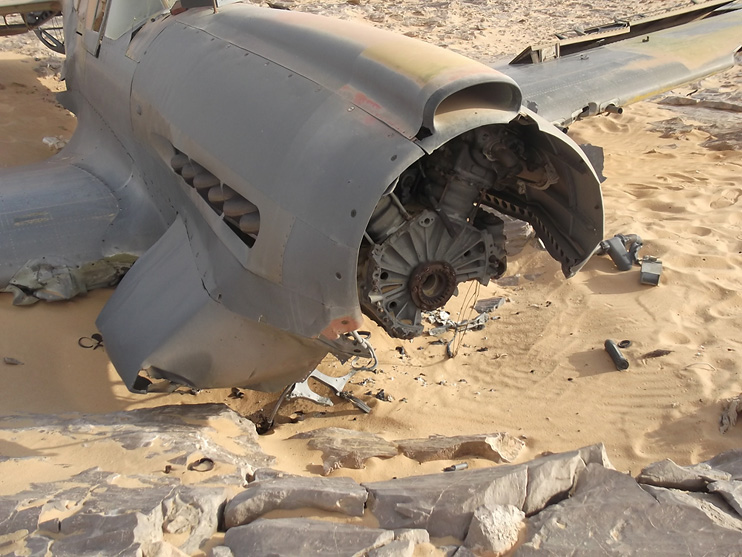
Larger Image
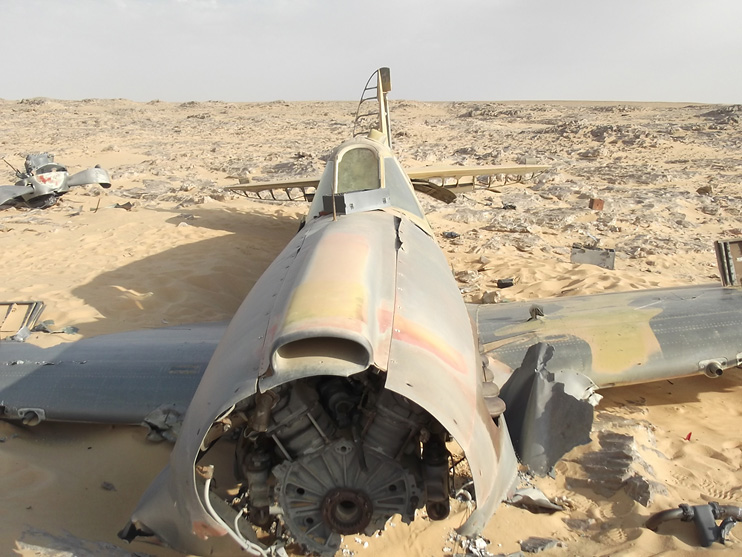
Larger Image
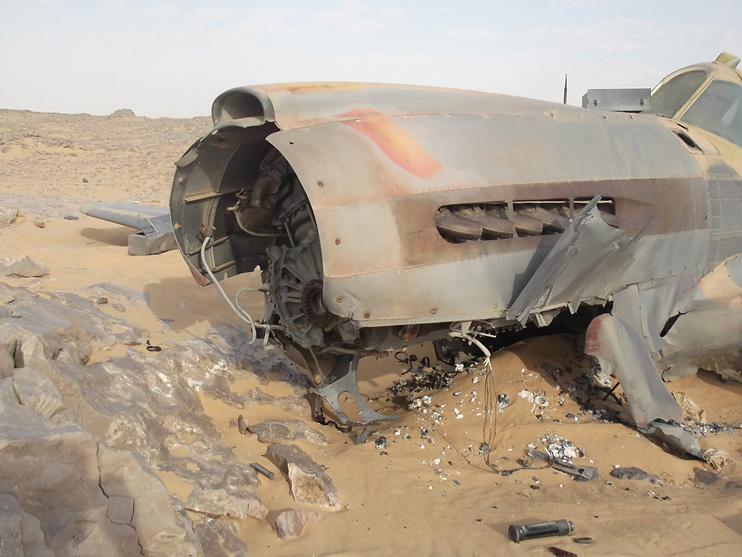
Larger Image
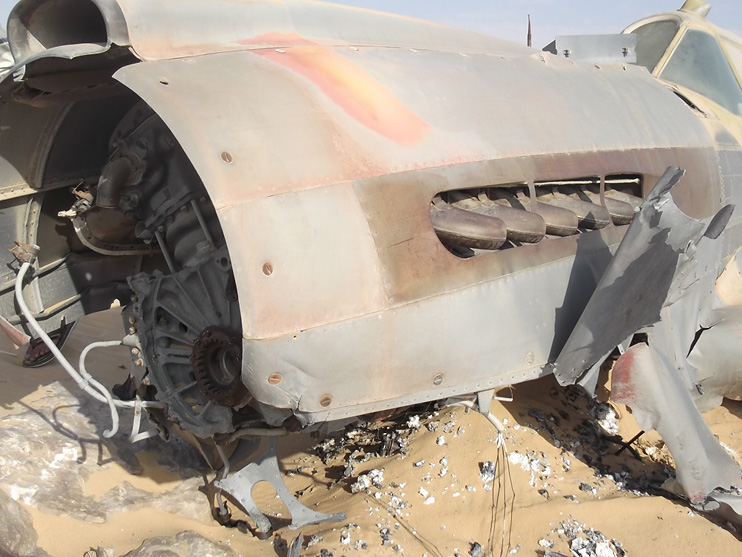
Larger Image

Larger Image
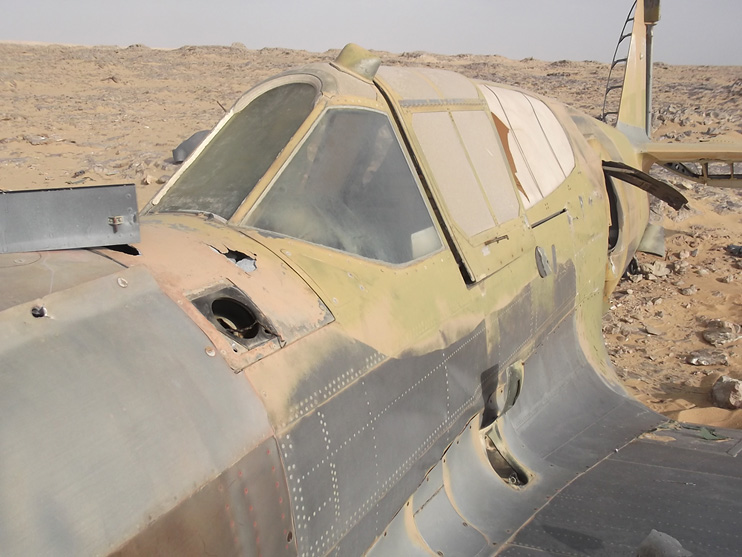
Larger Image

Larger Image

Larger Image

Larger Image

Larger Image

Larger Image
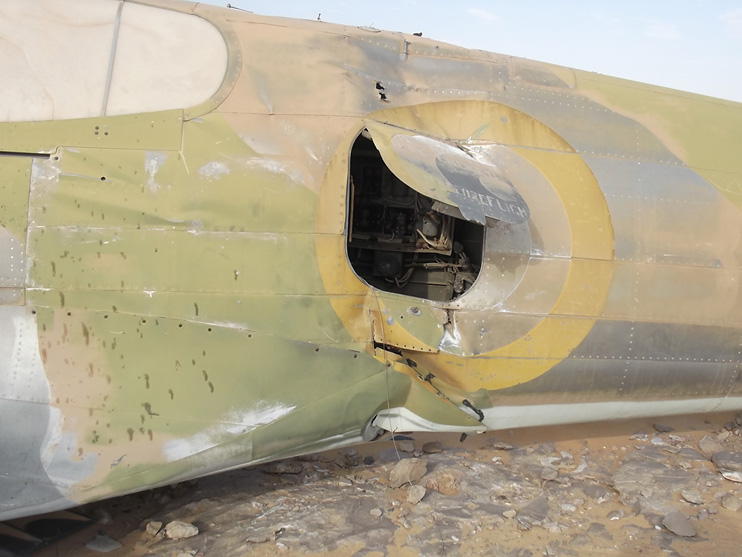
Larger Image
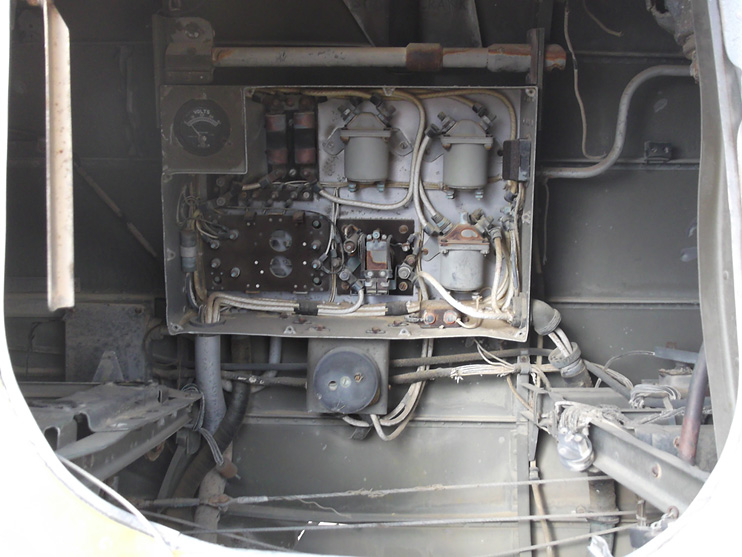
Larger Image

Larger Image
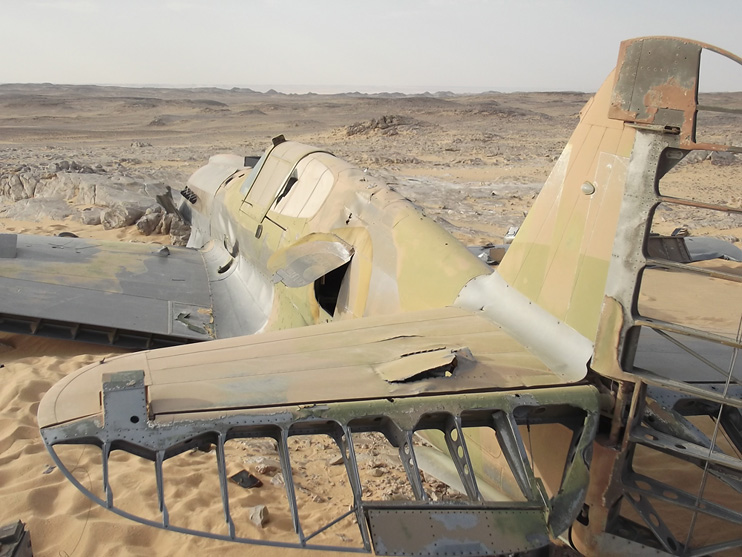
Larger Image

Larger Image
Back to 'Survivors'









